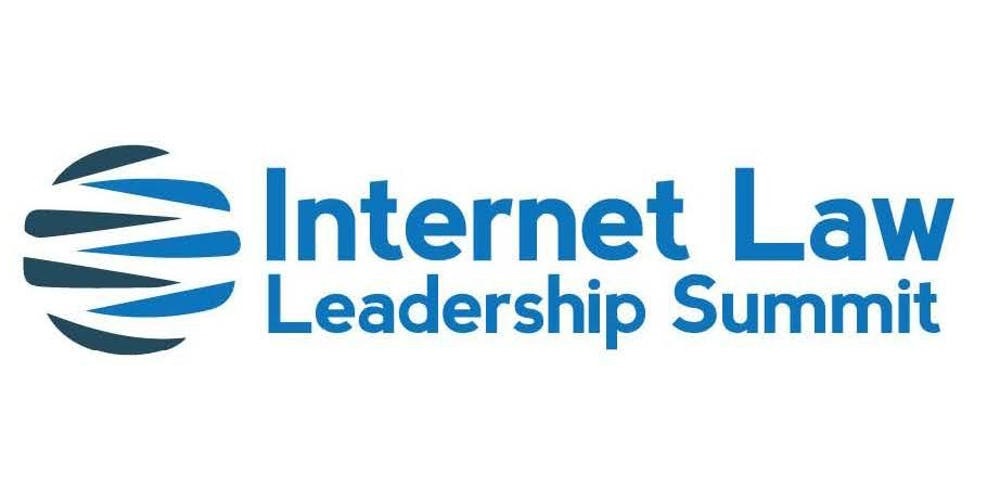Can you harass someone indirectly?
You can harass someone by indirect harassment by applying the harassing activities to somebody else. Harassment can be direct or indirect. The harassment can aim at the victim directly or at the victim through a third party.
Table of Content
How can harassment be indirect
How do you prove indirect harassment
What to do if you are being indirectly harassed
What is indirect harassment
Indirect harassment occurs when the harassment is directed at a third party but is really aimed at you. In online harassment, the harasser might target members of your family your friends, your partner or your business and business associates.
How can harassment be indirect
Harassment occurs when the harasser is intending cause the victim to feel distressed or anxious. Therefore, harassers sometimes target the people who are close to the victim. They try to either terrorise them or frighten the victim through the contact they are having with the victim’s associates. In many cases, the harasser will convince himself that he holds a high moral ground or that she is performing an important deed by making unsolicited contact with the victim’s associates.
How do you prove indirect harassment
If the harasser begins to contact individuals who are associated with the victim, for no apparent reason other than their link or connection with the victim, it is possible to infer from the harasser’s conduct that the harasser is intending to harass the victim through those communications.
For example, if the harasser is contacting the employer of the victim to tell the employer about the victim’s alleged conduct towards the harasser, and if the harasser also contacts other associates of the victim, then it is likely that the harasser’s conduct would be considered harassment. In those cases, the victim of harassment needs to show that there is no reason for the harasser to make those communications to third parties, other than to harass the victim.
Online indirect harassment
The harasser might publish posts about the victim or in relation to the victim without mentioning the victim’s name but with the knowledge that the victim will become aware of the posts and that he will become distressed as a result. There is no need for the harasser to mention a particular name or even have their harassing posts distributed to many people.
Sometimes, the publication of a single web page, which might contain a hidden threat to the victim, could be considered an act of harassment, even if the web page has no viewers. It is enough that the victim is aware of the existence of the web page and/or of the hidden, or concealed threat on the web page for the harassment to occur.
Indirect harassment examples
Indirect harassment examples might include:
- Publishing an abusive post that refers to the victim by inference
- Sending unsolicited emails to the victim employee with complaints about the victim
- Warning the victim's partner of the victim's alleged behaviour towards her ex-boyfriend
- Targeting the victim's client-base or contact list with emails that contain true or false information about the victim
- Sending unsolicited emails to the victim’s contacts list
What to do if you are being indirectly harassed
Sometimes, because of the conniving nature of indirect harassment, the victim might be unsure whether they are in fact being harassed. Our advice is that if you feel harassed, then it is likely that you are being harassed. You should seek legal advice from an expert lawyer who will advise you whether the indirect harassment has crossed the necessary legal threshold to be considered civil or criminal harassment, and if so, the lawyer will also advise you of the step you could and perhaps need to take in order to resolve the situation before it might be too late.
Are you a victim of harassment? Time might be of the essence. Call us now for legal advice on +44 207 183 4123 or send a confidential contact request and we will contact you as soon as possible.




